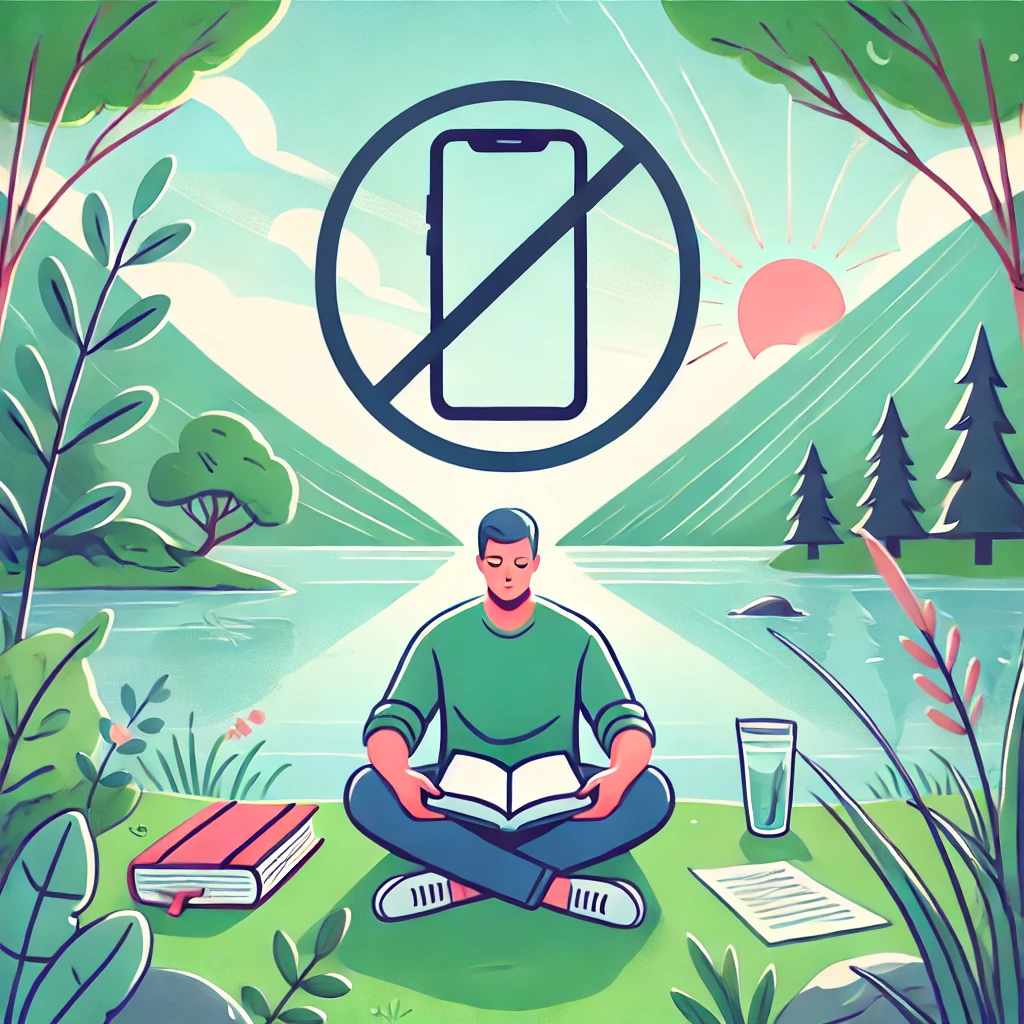In today’s digital world, we are constantly connected to our screens. Whether it’s social media, work emails, or streaming services, excessive screen time can lead to stress, anxiety, and reduced productivity. A digital detox is the perfect way to reclaim your mental well-being and improve your daily life. In this guide, we will explore the benefits of unplugging and how you can implement a successful digital detox.
What is a Digital Detox?
A digital detox involves taking a break from screens and technology to focus on real-world interactions, mindfulness, and self-care. It doesn’t mean eliminating technology completely but creating a healthier balance between online and offline activities.
Benefits of a Digital Detox
1. Reduces Stress and Anxiety
Constant notifications and online interactions can overwhelm your brain. Taking a break helps lower stress levels and enhances emotional stability.
2. Improves Sleep Quality
Blue light from screens disrupts your sleep cycle. Reducing screen time before bed promotes better sleep and overall well-being. Read more about blue light and sleep.
3. Enhances Focus and Productivity
Excessive screen time can reduce concentration. A digital detox helps you regain focus and increases productivity by minimizing distractions. Learn about productivity tips.
4. Strengthens Relationships
Spending less time on screens allows for more meaningful in-person connections with family and friends, improving relationships and communication.
5. Encourages Mindfulness and Self-Reflection
Unplugging from technology creates space for self-reflection, meditation, and being present in the moment.
How to Start a Digital Detox
1. Set Clear Goals
Decide what you want to achieve with your detox. Whether it’s reducing social media use or limiting screen time before bed, having a clear goal helps maintain focus.
2. Create Tech-Free Zones
Establish screen-free areas in your home, such as the bedroom or dining table, to encourage face-to-face interactions.
3. Use Screen Time Tracking Apps
Monitor your daily screen time and set limits using apps like Digital Wellbeing (Android) or Screen Time (iOS).
4. Schedule Offline Activities
Replace screen time with engaging offline activities like reading, exercising, or outdoor hobbies.
5. Take Social Media Breaks
Temporarily deactivate or mute notifications from social media apps to prevent constant distractions.
6. Set a Digital Curfew
Turn off devices at least an hour before bedtime to improve sleep quality and relaxation.
7. Practice Mindful Technology Use
Be intentional about when and how you use technology. Engage in purposeful screen time instead of mindless scrolling.
See also The Benefits of Journaling: How Writing Can Transform Your Mental Health
Conclusion
A digital detox can bring significant improvements to your mental health, productivity, and relationships. By taking small, intentional steps, you can develop a healthier relationship with technology. Start your detox today and enjoy a more balanced and mindful life!



